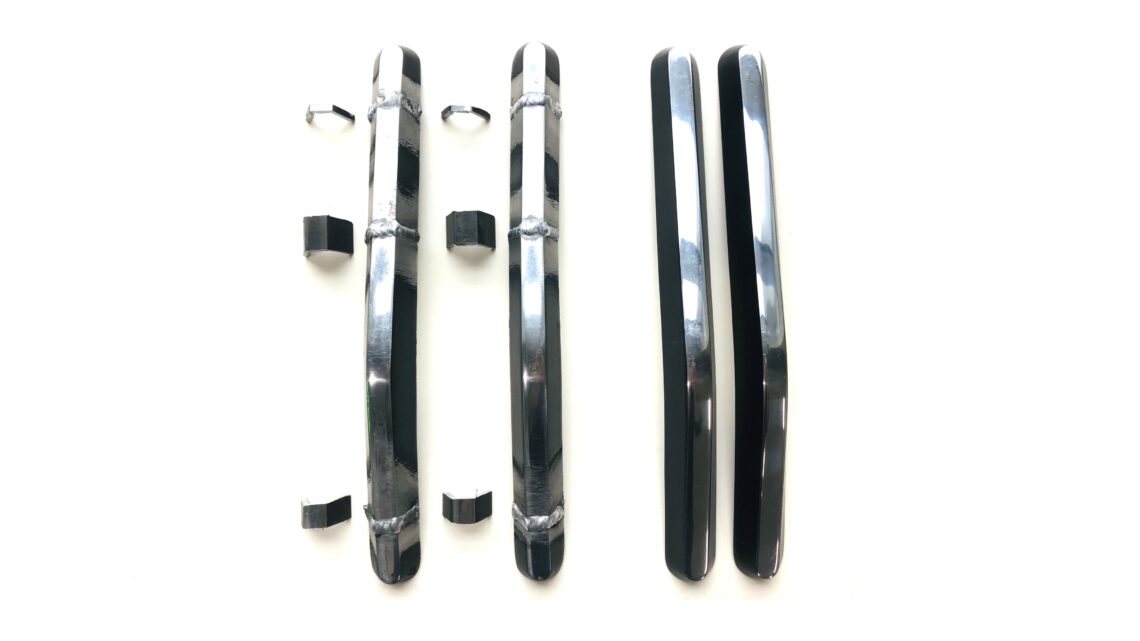Reduced Brackets (Outgrowing Eames)
June 14, 2022
Ray and Charles Eames first introduced the Eames Lounge Chair (670) and Ottoman (671) in 1956. People at the time were considerably shorter then they are today. Because the 670 was not as comfortable as it used to be for its taller customers sales dropped and it was decided by its producers and the Eames Foundation that the chair needed a larger version. The Eames Lounge Chair (New Dimensions) was bigger. It has a larger seat, a bigger headrest and longer arm rests and therefor needs more wood, more leather, more foam, and more aluminum. The chair symbolizes our willingness to sacrifice earth’s limited resources to cater to our comfort.
In an equally symbolic act of resilience The Incredible Shrinking Man is currently reducing an Eames Lounge Chair (New Dimensions) back to its classic dimensions by simply removing the extra added material. This process of reduction is open to the public at the Depot of Museum Boijmans van Beuningen in Rotterdam. The process involves sawing the plywood shells, cutting the leather upholstery, and resizing the aluminum brackets that connect the plywood headrest to the rest of the chair. The reduction of the aluminum brackets was executed by expert welder Paul van Gerwen and included removing 3 sections and a total of 4 cm’s of excess aluminum. However, to re-attach the separate parts of the reduced brackets some aluminum was added during welding (Aluminum oxidises so fast during the welding proces that it is impossible to simply melt the two pieces together). Practically this means we couldn’t salvage as much material as we would have liked, but it is still a solid reduction. The visible welds meanwhile remind us that shrinking may not always be an easy process, and might leave scars, but that there’s new beauty to be found as well. Next up, the plywood shells.